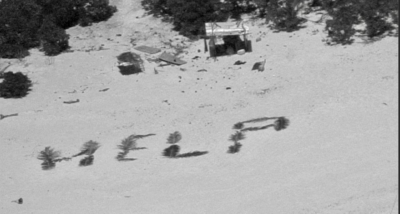The Bureau of Safety and Environmental Enforcement (BSEE) and the University of Alaska have completed a research study that shows current offshore structural designs are able to survive the demands of sea ice.
The study, “Reliability-Based Sea Ice Parameters for Design of Offshore Structures,” was intended to produce information to supplement existing standards and recommendations for platform construction.
Over a two-year period, researchers gathered data from 16 seasons of ice measurements from the Chukchi and Beaufort Seas in order to provide comparisons between sea ice parameters, such as first and last ice occurrence, level of ice, rubble fields, ridges and ice movement. From the data, the research team was able to analyze a range of annual values to develop averages and draw conclusions.
The study identified critical keel depth and provided an assessment of the suitability of the current ISO 19906 recommendations for estimating global ice forces on offshore structures. Following the collection of additional data, analysis and thorough review of recorded events, the researchers concluded that it appears the current standard of practice cited in ISO 19906 is conservative for current structural design parameters and is capable of surviving the demands from sea ice.
The sea ice study will be presented when the BSEE hosts representatives from regulatory authorities of six Arctic nations in Washington, D.C. April 28-29 for a meeting of the Arctic Offshore Regulators Forum (AORF).




